Major WG Barker DSO & Bar, MC & two Bars, C of G (France), Silver MV (Italy), (RFC) had 46 victories after a year of operational flying on the Italian Front. Severely fatigued, he was to be sent back to England for a rest and to instruct new pilots. Barker believed he should fly as a fighting pilot, not an instructor and had previously rebelled against being placed in that role. When he reached England, and despite of his obvious fatigue, he managed to talk his way out of instructing, instead returning to France on the pretense of evaluating the air fighting on the Western Front
Major Barker was granted a ten day roving commission in France. He was further authorized to choose any aircraft he wished to fly and attach himself to the squadron of his choice. Barker selected a Sopwith 7F.1 Snipe, E8102 as his aircraft and 201 Squadron, stationed at Beaugnatre, France and commanded by Major CM Leman (RFC), who had been his pilot when he was a new observer in 9 Squadron in 1916
To the pilots of 201 Squadron however, Barker was considered a decorated outsider, who could come and go as he pleased in his own brand-new personal aircraft, while they continued to fly their tired Sopwith Camels. Barker had not fought in the same battles that they had and they wrongly felt his victories were against a second-rate enemy in an Italian side-show. Barker did not fit in and although he did fly with the squadron, weather permitting, scored no victories in his all too brief ten days in France
On the morning of October 27, 1918, instead of returning to England, Barker crossed the enemy lines for one last patrol on his own. Spotting a German two seat reconnaissance aircraft above him at 21,000 feet, he climbed to engage and after a brief air battle, shot it down. As the German aircraft fell from the sky, one of the crew parachuted from it. Parachutes for aircrew were uncommon, even at this late stage in the war and as Barker watched the parachute descend, perhaps distracted, he was attacked by a German fighter aircraft. In the ensuing air battle, spinning and diving Barker was struck by bullets in his right thigh, left hip and left arm, destroying his left elbow. He passed out twice during the battle, recovered and continued to fight, shooting down three more German aircraft before he managed to make it back over the British lines, to crash land near a British balloon unit. This was fortunate for Barker as the balloon crew were able to get to him immediately and transport him to a field dressing station. Barkers life was without a doubt saved by the actions of Lt Frank Wooley Smith OBE DFC at the field dressing station and he survived, although severely injured
Barker was awarded the Victoria Cross for this, his last air battle
The fuselage of Sopwith Snipe E8102 is preserved at the Canadian War Museum in Ottawa
Detail from book "Barker VC" by Wayne Ralph, Doubleday Canada Ltd 1997


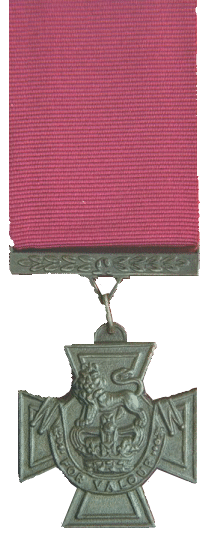
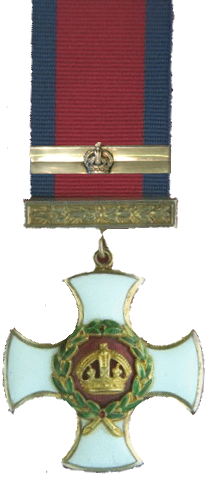
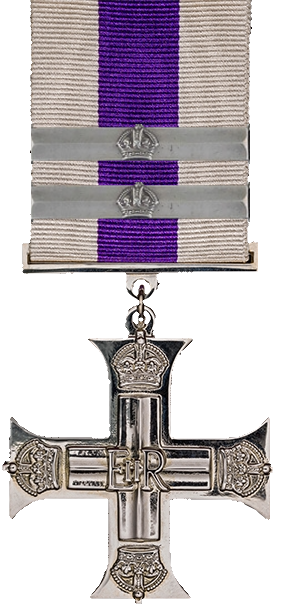
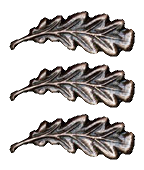
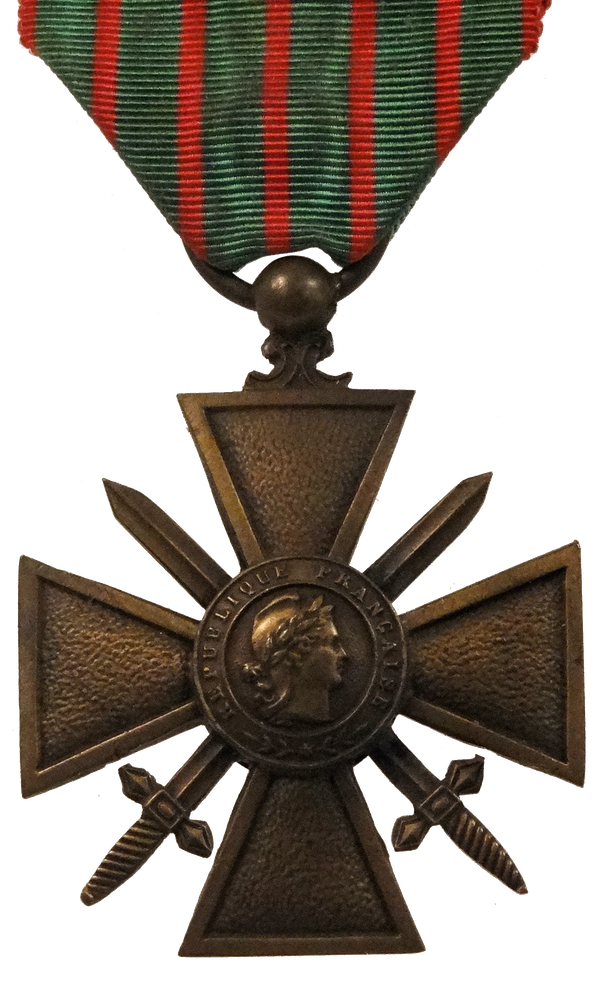
 Toronto, Ontario
Toronto, Ontario Library and Archives Canada Service Files (may not exist)
Library and Archives Canada Service Files (may not exist)